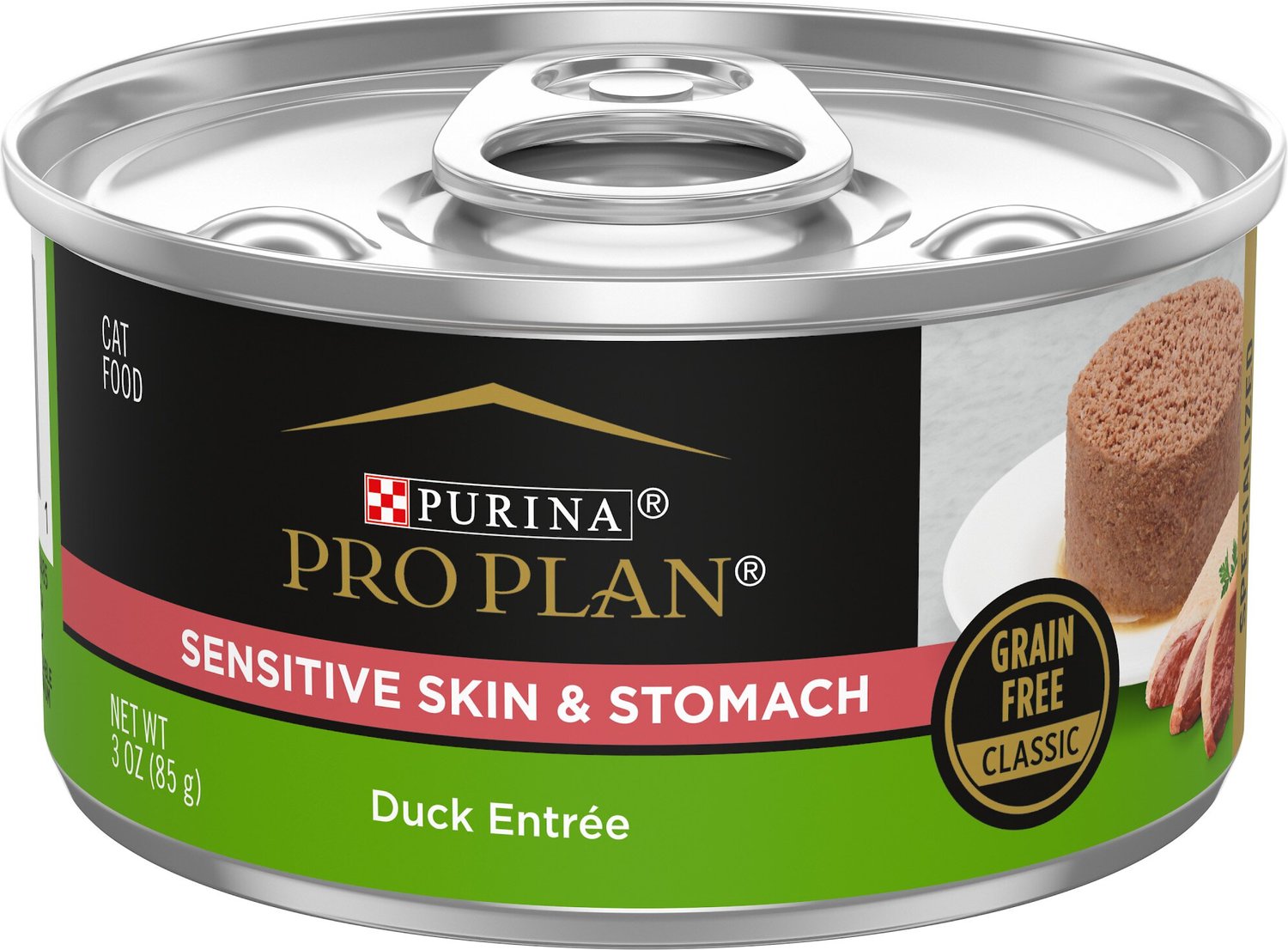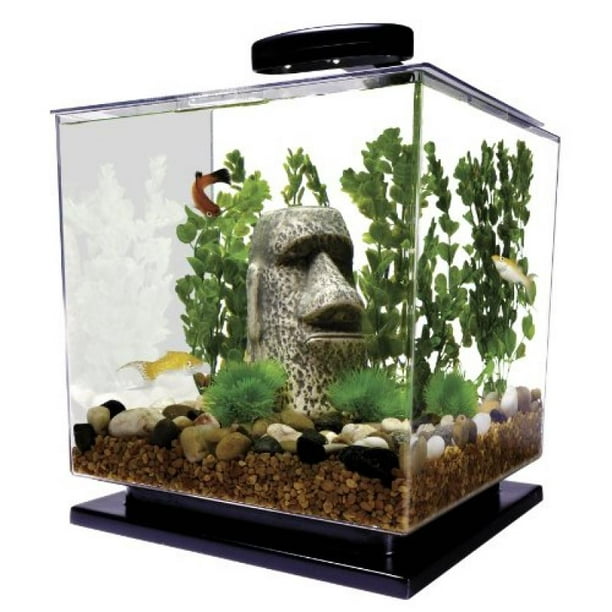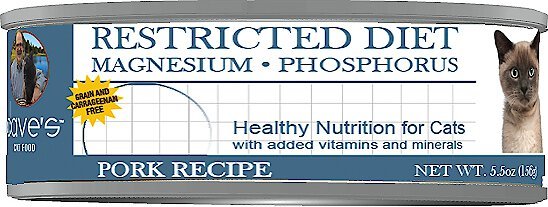4health Grain Free Adult Whitefish and Potato Formula Dry Cat Food
Nourish your pet with 4health Grain Free Adult Whitefish and Potato Formula Dry Cat Food. All the ingredients are carefully selected to maximize your cat’s health. Not only is the formula grain free, but it also features taurine to help support heart health as well as probiotics, omega fatty acids, antioxidants and other nutrients. And with real whitefish as the number 1 ingredient, this dry cat food is just as tasty as it is healthy. Available in several bag sizes.
Nourish your pet with 4health Grain Free Adult Whitefish and Potato Formula Dry Cat Food. All the ingredients are carefully selected to maximize your cat’s health. Not only is the formula grain free, but it also features taurine to help support heart health as well as probiotics, omega fatty acids, antioxidants and other nutrients. And with real whitefish as the number 1 ingredient, this dry cat food is just as tasty as it is healthy. Available in several bag sizes.
- Adult cat food provides appropriate nutrition with digestive support
- Formulated with select ingredients and underwent rigorous quality control processes
- Fortified with taurine to support heart health and eye health
- Probiotics help maintain the proper balance in your cat’s digestive system; each cup of dry cat food provides live, active cultures that help support healthy digestion
- Blend of omega-6 and omega-3 fatty acids helps keep the skin and coat healthy and shiny
- Contains guaranteed levels of zinc, selenium and vitamin E for immune-supporting antioxidant nutrition
- Made with real whitefish as the number 1 ingredient for great taste
- Contains zero additives and zero fillers
- Cat food is available in several different pack sizes to suit your needs
- Made in USA
- 4health Grain Free Formulation Whitefish and Potato Formula for Adult Cats is formulated to meet the nutritional levels established by the AAFCO Dog Food Nutrient Profiles for maintenance
- Note: The facility in which this cat food is made also makes food that may contain other ingredients, such as grains; trace amounts of these other ingredients may be present
Additional information
| Country of Origin | Made in USA |
|---|---|
| Breed Size | Extra Small, Small, Medium, Large, Extra Large |
| Flavor | Whitefish and Potato |
| Health Features | Muscle Health, Hip & Joint Health, Immune System Support, Digestion Support, Skin & Coat Health |
| Indoor/Outdoor | Indoor and Outdoor |
| Life Stage | Adult |
| Primary Flavor | Potato, Whitefish |
| Special Diets | Probiotics, Grain Free |
| Packaged Height | 22 in. |
| Packaged Length | 3.5 in. |
| Packaged Width | 14 in. |
| Manufacturer Part Number | 9829 |












by Andy
Our little cat loves this flavor and we’ve only ever used them
by Wagues
All of my cats like this food. The price is good.
by Tammy
Cats love this food.